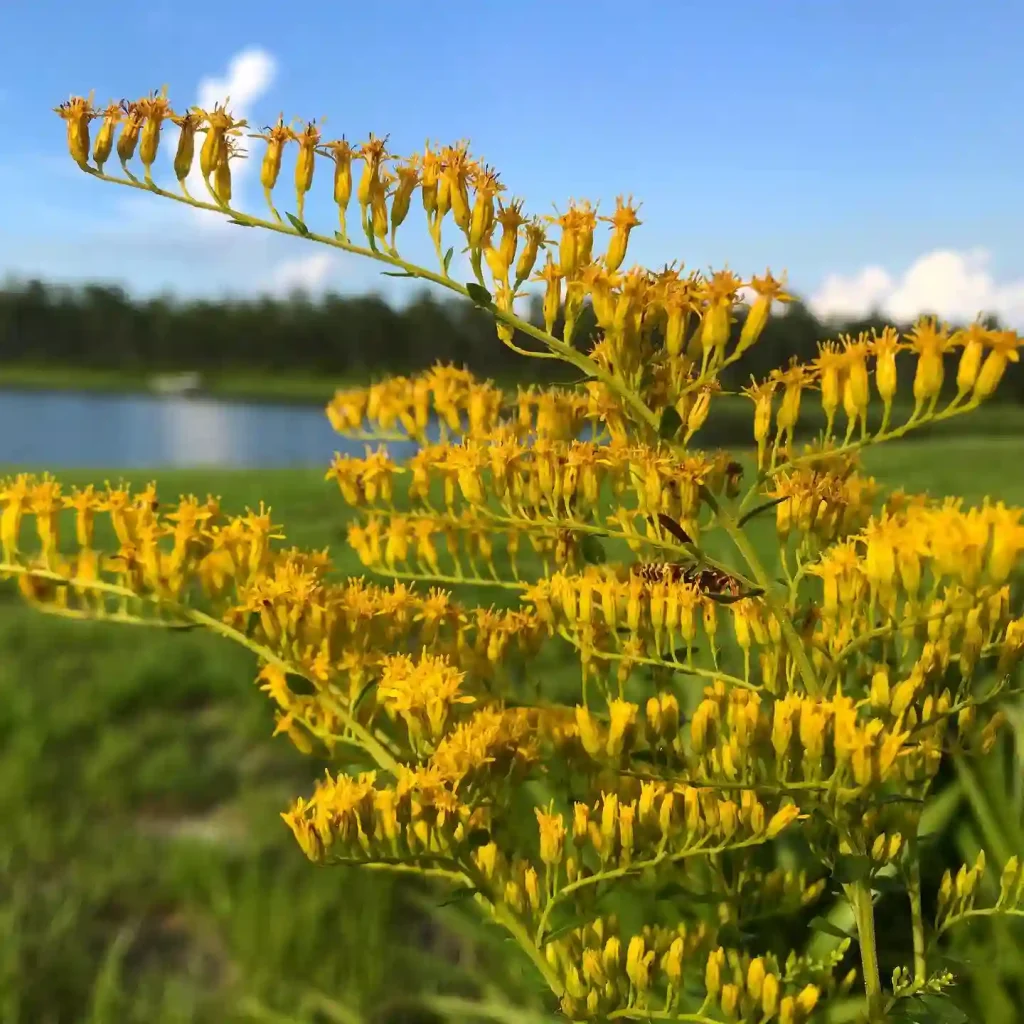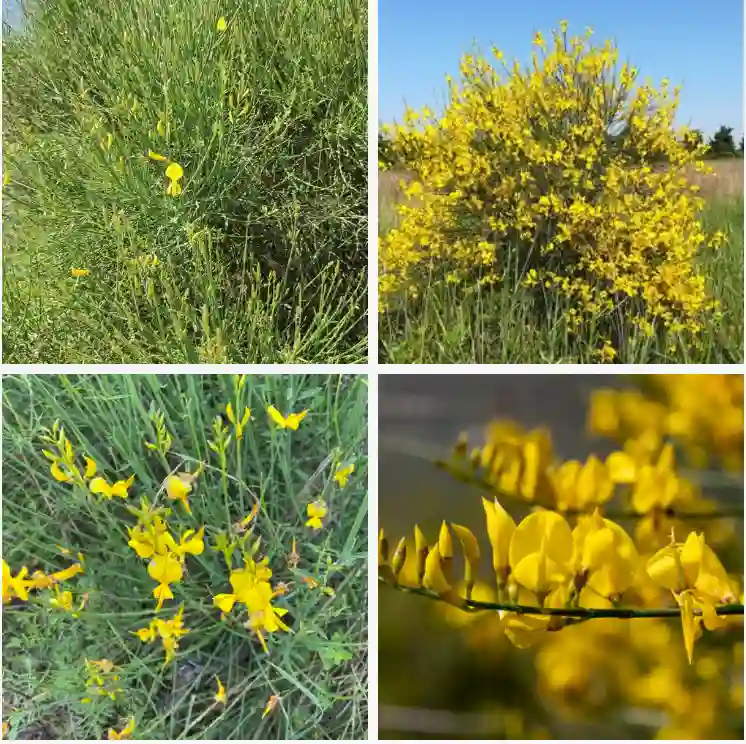Hosta Fragrant Bouquet: A Shade-Loving Beauty for the Garden
As a gardener, I’m always drawn to plants that offer more than just visual appeal. The Hosta Fragrant Bouquet, with its lush foliage and unexpected fragrance, has become a favorite in my shade garden. Over the years, I’ve learned a lot about this versatile perennial, and I’m excited to share its secrets with you.
31 Species in Genus Hosta
Can Hosta Fragrant Bouquet be planted in a pot?
Absolutely! Hosta Fragrant Bouquet thrives in containers, making it a perfect choice for balconies, patios, or smaller gardens. Choose a pot that’s at least 18 inches in diameter to allow for root growth. Use a well-draining potting mix and ensure the pot has drainage holes to prevent waterlogging.
Here’s a tip: Pair your Fragrant Bouquet with colorful shade-loving annuals like impatiens or begonias for a vibrant container display.
How much sun can Fragrant Bouquet Hosta take?
Unlike many hostas, Fragrant Bouquet can tolerate a bit more sun than its shade-loving brethren. While it prefers dappled sunlight or morning sun, it can handle a few hours of afternoon sun as long as the soil stays consistently moist. However, in hotter climates, it’s best to provide full shade to prevent the leaves from scorching.
Pro tip: If you notice the leaf edges browning, it’s a sign your hosta is getting too much sun. Move it to a shadier location or increase watering frequency.
When does Hosta Fragrant Bouquet bloom?
The beauty of Fragrant Bouquet isn’t limited to its foliage. In mid to late summer, it produces clusters of fragrant, pale lavender flowers on tall scapes that rise above the leaves. The blooms, though subtle in color, add a delightful touch to the shade garden and attract pollinators like bees and butterflies.
A gardener’s note: While the flowers are lovely, some gardeners prefer to remove them before they set seed. This helps the plant focus its energy on producing beautiful foliage.
Is Fragrant Bouquet Hosta toxic to dogs?
Unfortunately, yes. Like most hostas, Fragrant Bouquet contains saponins, which can be irritating to dogs if ingested. Symptoms of hosta poisoning in dogs can include vomiting, diarrhea, drooling, and pawing at the mouth. If you suspect your dog has eaten hosta, contact your veterinarian immediately.
Planting with care: If you have furry friends who love to explore the garden, plant your Fragrant Bouquet in a location that’s out of reach or consider using a fence to keep them away.
Caring for your Fragrant Bouquet Hosta
With a little TLC, your Fragrant Bouquet Hosta will thrive for years to come. Here’s the lowdown on its care needs:
- Watering: Keep the soil evenly moist, especially during hot weather. Water deeply at the base of the plant, allowing the excess water to drain.
- Soil: Hosta Fragrant Bouquet prefers a well-draining, slightly acidic soil rich in organic matter. Amending your soil with compost or aged manure before planting will provide the nutrients it needs to flourish.
- Fertilizing: While not essential, a light feeding of a balanced fertilizer in early spring can give your hosta a boost.
- Mulching: Apply a layer of mulch around the base of the plant to help retain moisture, suppress weeds, and regulate soil temperature.
Propagating Hosta Fragrant Bouquet
Sharing the beauty of Fragrant Bouquet is easy! This hosta can be propagated by division in early spring or fall. Simply dig up the mature clump and carefully divide it into sections, each with a few eyes (buds). Replant the divisions in new locations and water them well.
A word of caution: When dividing your hosta, be sure to use sharp, sterilized tools to prevent the spread of disease.
Planting companions for Hosta Fragrant Bouquet
Fragrant Bouquet shines in a shade garden, but it doesn’t have to go solo. Here are some ideas for complementary plants:
- Ferns: Ferns add a touch of elegance and texture to the shade garden. Choose varieties with similar moisture needs to Fragrant Bouquet.
- Heuchera (Coral Bells): Heuchera comes in a wide variety of foliage colors, creating a stunning contrast with the green and white of Fragrant Bouquet.
- Astilbes: These shade-loving perennials offer beautiful blooms in shades of pink, white, and lavender, complementing the fragrant flowers of the hosta.
By incorporating these tips and tricks, you can enjoy the beauty and fragrance of Hosta Fragrant Bouquet in your own garden. This shade-loving gem offers a pop of color and texture throughout the season. The heart-shaped leaves emerge a vibrant chartreuse in spring, maturing to a cool green with creamy white margins. This variegation creates a stunning dappled effect, adding depth and interest to the shady border.
If i die, water my plants!



